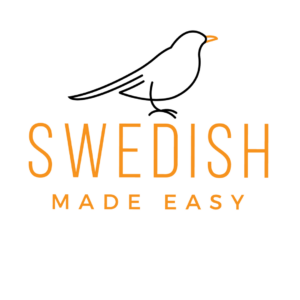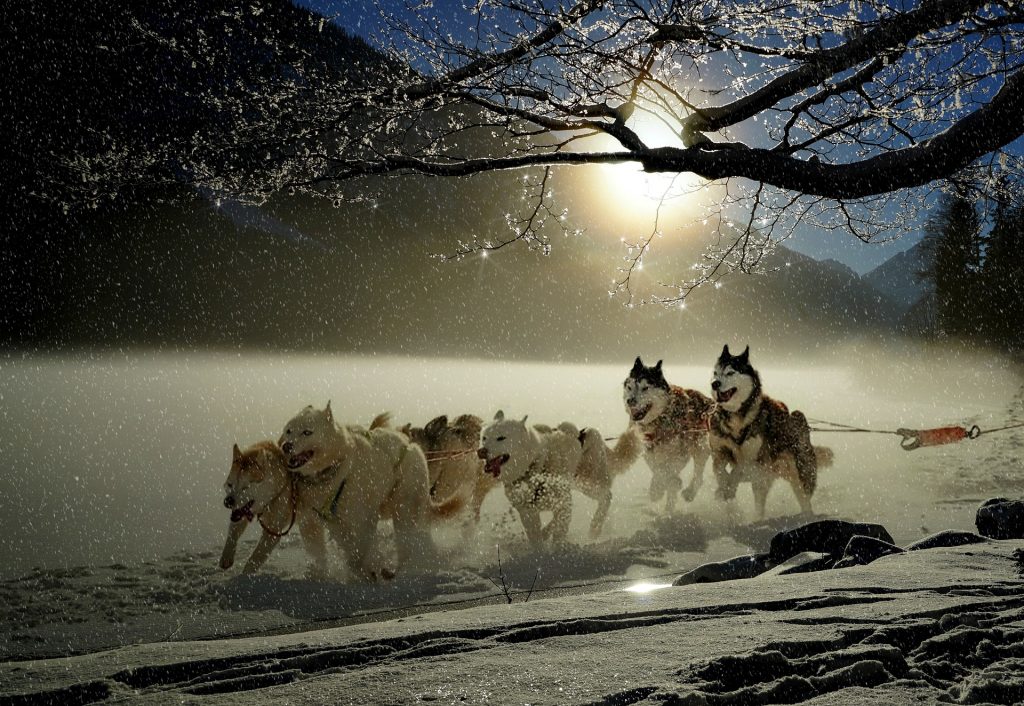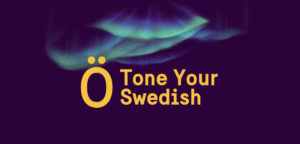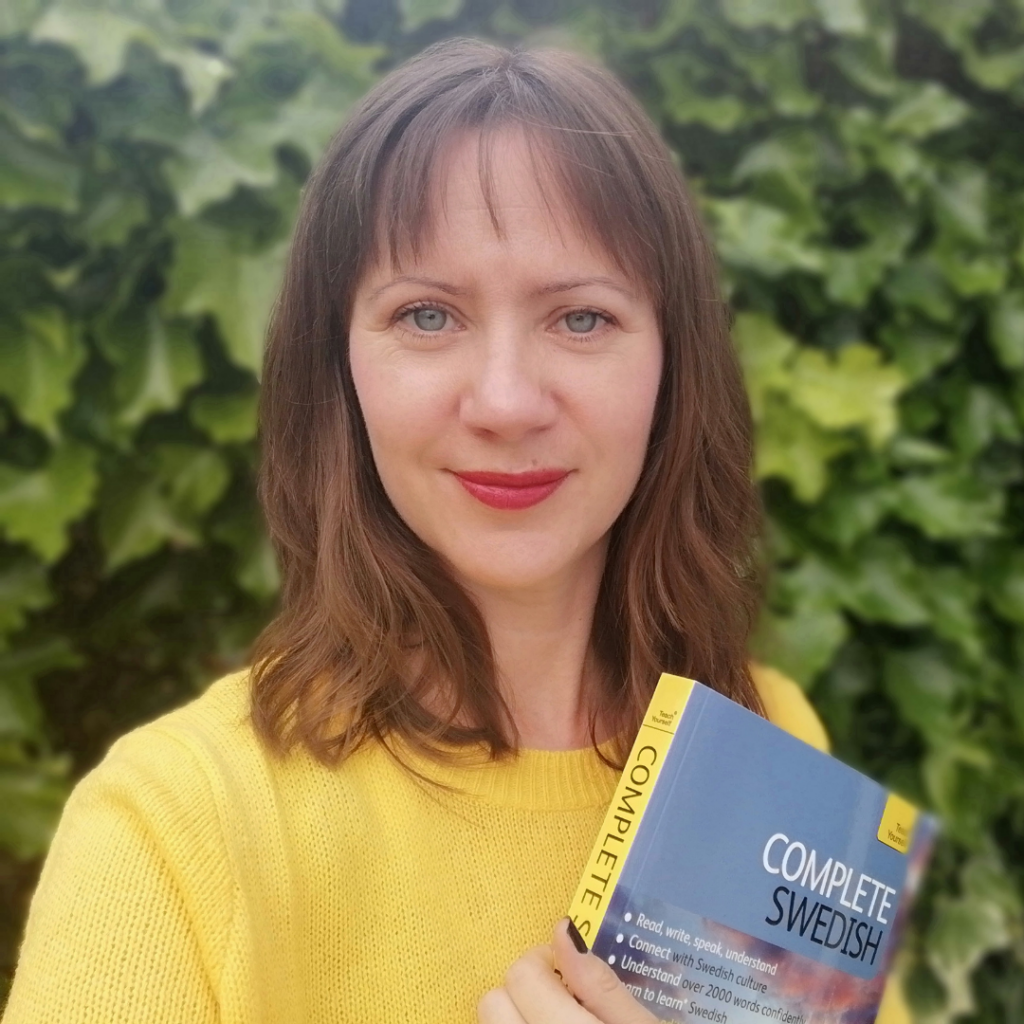Swedish plural endings
Are you confused about all the different plural endings in Swedish?
In this blog post we’ll look at the different forms and groups so you can create and identify plural endings.
There is also a free download of a noun plural cheat sheet, so you can print it out and put up somewhere as a reminder! But first, let’s look at all the noun forms.
The 4 noun forms
Swedish nouns have 4 forms; singular indefinite, singular definite, plural indefinite and plural definite.
singular indefinite (en hund a dog)
singular definite (hunden the dog)
plural indefinite (hundar dogs)
plural definite (hundarna the dogs)
The Swedish plural forms
The Swedish language have more plural endings than in the English language.
In English, you mainly put an ‘s’ at the end of a noun to make it plural.
Swedish nouns plural endings broadly group according to whether they are en or ett words and they also have sub-categories; three for en words (group 1-3) and two for ett words (group 4-5).
Let’s go through the groups.
Group 1
This group contains en words that in singular indefinite ends on an ‘a’. They replace the ‘a’ with ‘or’ in plural indefinite and also add ‘na’ in plural definite.
en flicka a girl
flickan the girl
flickor girls
flickorna the girls
Group 2
In this group, we also find en words, but they will have some other endings. It’s usually short words ending on a consonant or ‘e’, or longer words that end on ‘ing’. These nouns take ‘ar’ in plural indefinite and add ‘na’ for plural definite.
en bil a car
bilen the car
bilar cars
bilarna the cars
en pojke a boy
pojken the boy
pojkar boys
pojkarna the boys
en tidning a newspaper
tidningen the newspaper
tidningar newspapers
tidningarna the newspapers
This group contains words that have a Scandinavian or Germanic origin, but that can sometimes be a little hard to tell, unless you are an expert in language history and etymology!
Group 3
The last of the en word groups mainly contain longer words ending on a consonant (although there are a few short ones in here too). They take ‘er’ in plural indefinite and also add ‘na’ for plural definite. Like this:
en apelsin an orange
apelsinen the orange
apelsiner oranges
apelsinerna the oranges
In contrast to group 2, these words are international loan words and they often originate from English, French, Russian, Latin or other languages.
Group 4
Ett words that end on a vowel in singular indefinite belong to this group. They add ‘n’ in plural indefinite and add an ‘a’ for plural definite. For example:
ett piano a piano
pianot the piano
pianon pianos
pianona the pianos
Notice how the plural indefinite makes the word looks like a singular definite en word! This can be quite tricky, but you can look out for ’plural markers’ before the word, for example tre pianon three pianos, många pianon many pianos, några pianon some pianos.
Group 5
The fifth group contains ett words that end on a consonant in singular indefinite. These words take no ending for plural indefinite and add ‘en’ for plural definite.
ett hus a house
huset the house
hus houses
husen the houses
Can you see how the plural definite form makes the word looks a bit like a singular definite en word? This can be even harder than for group 4, so it is best to learn these words by heart.
Sign up to my email list to download our FREE Noun Plural Group Cheat Sheet for a visual model of these 5 groups, so you can remember them more easily. You’ll get them in print version, mobile wallpaper version and desktop wallpaper version.
If you know someone who might need these, do share this blog post with them!





